Lt. Gen. Ostrowski Looks to Army Modernization
Lt. Gen. Paul Ostrowski, the principal military deputy to the Assistant Secretary of the Army for Acquisition, Logistics and Technology, a division known as ASA(ALT), joked that this July was a slow month for the U.S. Army. When in fact, the service is pursuing the establishment of its fourth command. “Everybody knows how busy the Army is,” the general said. The new Austin, Texas-based Army Futures Command—the location of which was announced last week by Army leaders at the Pentagon—will be spearheading the service’s modernization efforts.
The ASA(ALT) leader, who also is the director of the Army Acquisition Corps, presented his take on the Army’s efforts at the Association of the United States Army’s (AUSA’s) Institute of Land Warfare Breakfast series on July 17 in Arlington, Virginia. He stressed that the service is taking the modernization effort seriously. “The chief and secretary [of the Army] have made it clear that modernization has to move forward and it has to move forward rapidly,” Gen. Ostrowski emphasized. “They have challenged us to get after it.”
Congress has come through as far as funding support for the Army’s modernization efforts, Gen. Ostrowski noted. “We have been given an opportunity by the Hill,” he said. “In fiscal years 2018 and 2019, our top line budget is higher than it's been in a long time.” Funding for investment in modernization in FY2017 was $26.8 billion. “In FY2018 that number will skyrocket to $28.9, and in FY2019, that number is $32 billion,” the general said.
For 2020, “we certainly don’t know,” he shared. “Sequestration could roll back in. But for the next two years, we have to take advantage of this opportunity that we have been handed. And that is exactly what we are going to do.”
The Futures Command will be at the helm of the Army’s modernization efforts. One part of the new command, known as the Futures and Concepts group, will examine what the battlefield might look like in 2036, the general explained. It will consider the tactics, techniques and procedures that the Army would need to have to fight and win in the future. It will also look at how the Army could organize its units of action.
“Right now the Army is organized around brigade combat teams,” Gen. Ostrowski stated. “Is that what we are going to need in the future? Or will it be something else?”
The Futures and Concepts group also will consider what technologies will be available in 2036 and the role the technologies, such as quantum computing, directed energy weapons, hypersonics and artificial intelligence, may play. “The visionaries of the Futures and Concepts group have to get at that,” Gen. Ostrowski said.
Meanwhile, the Combat Development group of the Futures Command will have the ability to take aspects from the Futures and Concepts group and move concepts into requirements. Here, the ability to prototype “is going to be very instrumental in that development piece to fight and win in 2036,” the general said. Then, the Combat Systems group will take what is learned from the Futures and Concepts group and turn that into experimentation, prototyping and testing with soldier feedback.
“The Futures Command is all about bringing together the parts and pieces of the enterprise called modernization under one roof,” Gen. Ostrowski stated.
As for rumors of the general’s position moving to the Futures Command or speculation of tension between ASA(ALT), which has the authority over program executive officers (PEOs) and program managers (PMs), and the new command, Gen. Ostrowski set the record straight, for now.
“There is no doubt in our minds that the Army is going to do what Congress expects,” he said. “By law, Title 10 Acquisition Authority flows through the defense acquisition executive, through the Secretary of the Army, to the service’s acquisition executive, which in this case is Dr. Jetty, down to PEOs, down to PMs. That is Title 10, and that is exactly what the Army is going to do.”
ASA(ALT) is now in direct support of the cross-functional teams (CFTs) that are implementing the modernization efforts, Gen. Ostrowski continued. “And we are going to be in direct support of the Futures Command, in terms of the PEOs and PMs, absolutely. We are in direct support of all the Centers of Excellence in terms of the Acquisition Community. So that will not change. We’re going to continue to do business in respect to the law and continue to provide excellent acquisition support.”
The general does expect that “over time the working arrangements are going to work themselves out.” There are other examples in the Army “where the whole enterprise is not under one roof and they operate very, very well in the guidance of the law,” he noted.
One thing that will change, as far as contracting, is a turn away from “lockstep processes,” Gen. Ostrowski said. “We all know that the lockstep, bureaucratic, industrial-based process that we’ve been under in terms of acquisition for all these many years has got to go. Congress understands that, we understand that, [the Office of the Secretary of Defense] understands that. So we started getting after it in the Army.”
Past requirements were “written in vacuums,” the general exclaimed. “We would take a requirement and take the next two years, throw it over the fence to the acquisition community and say, ‘Go fetch.’ The acquisition community would grab it and we’d take a look at the requirement. We didn’t have soldier touch points along the way to see if we were doing the right things. That’s how we did business. We know we can’t do that anymore. Technology is advancing too fast and we know we can’t do business as usual.”
Now, the CFTs will help shape requirements, informed by Army scientists and engineers, testers, logisticians and budgeters, as well as industry. “And acquisitions won’t take two years to process, instead it will be one month to six months to process in acquisitions,” he said. Already, the CFTs have made “a huge difference in putting out requirements that are informed,” the general observed.
Other transaction authority (OTA) is one contracting tool that will aid modernization. OTAs will allow DOD to connect with nontraditional industry partners. Gen. Ostrowski warned, however, that the Army has to protect the tool. “This is a gift on behalf of the Congress and the United States of America to DOD saying we trust you to get after this thing, to be more rapid, more agile,” he stressed. “Don’t screw this up, and guess what? We’ve done that, we’ve screwed it up. So our caution to our Army is that we are using this particular tool and we will protect it at all costs. Because it is just one stroke of the pen away from being taken away from us.” He asked for industry support of an open, transparent and fair OTA process.
The use of OTAs doesn’t mean the end to multiyear contracts, the general confirmed. He suggested that multiyear contracts “are an extremely beneficial tool” to the Army. “It allows us to save billions of dollars in terms of capabilities that we need,” Gen. Ostrowski said. Current multiyear contracts are focused on the service’s rotary wing platform and he added that there has been a call to potentially move some of that multiyear contracting into aspects of the ground combat vehicle fleet.
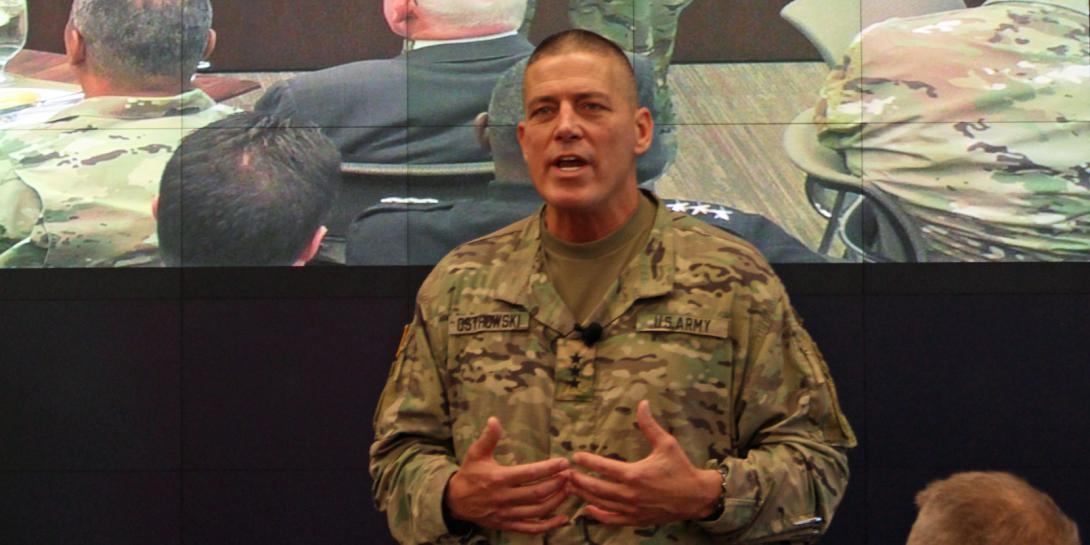
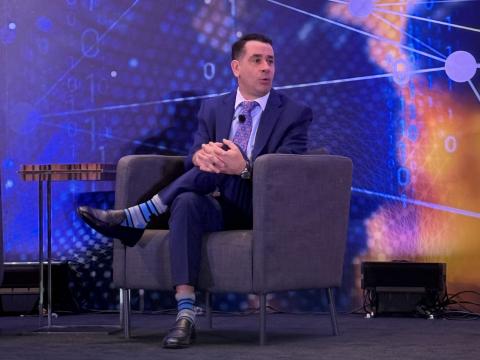
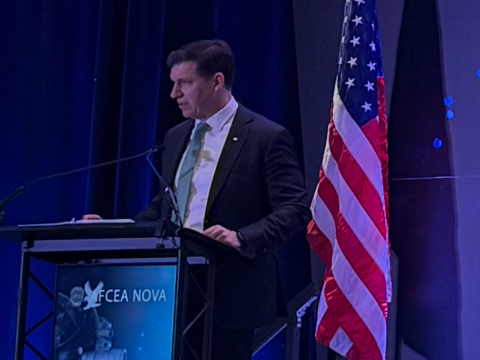
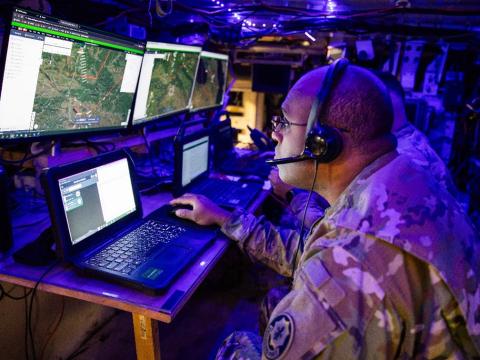
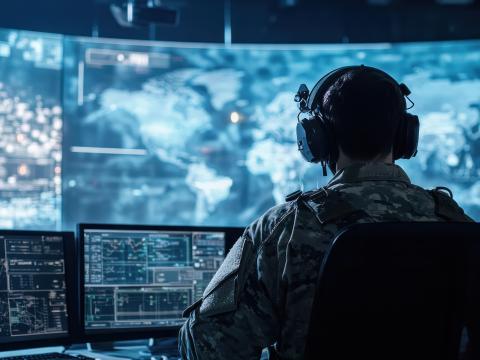
Comments